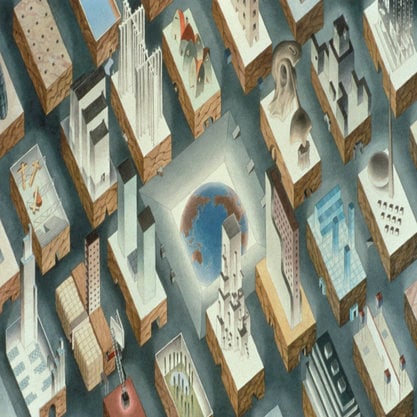Article
Modern Lacquer Painting in Vietnam By André-Pallois, Nadine
Article
First practiced in China and Japan, lacquer was originally adopted in Vietnam as a decorative technique, used to protect and embellish religious and household objects. In the 1930s, the technique was revived in Vietnam as a distinct style of fine art—known as sơn mài—largely thanks to the efforts of Vietnamese students and French teachers at the Ecole Supérieure des Beaux-Arts de l’Indochine in Hanoi. Following the 1930s, Vietnamese artists worked to develop further the potential of this traditional technique, organising a lacquer workshop at the Ecole Supérieure des Beaux-Arts de l’Indochine with the help of Vietnamese craftsmen, who taught attendees the different steps involved in creating a lacquer painting. During this period Vietnamese art students, including Nguyễn Gia Trí, Trâ`n Văn Cẩn, and Phạm Hâ`u, worked to increase the nuance of the medium and to give a superior relief to the lacquer board through rubbing and polishing.


